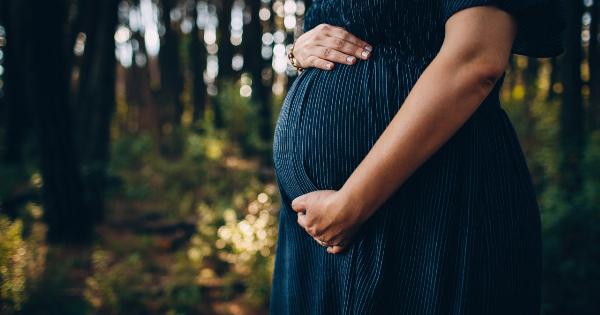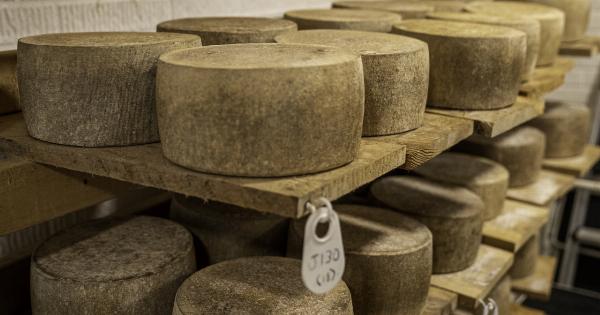Eggs are an essential part of many organisms’ reproductive systems, including birds, reptiles, and some mammals. These fascinating structures provide a protective environment and necessary nutrients for the development of a new life.
In addition to their crucial role in reproduction, eggs also possess remarkable longevity, allowing for successful fertilization even after long periods of time. In this article, we will delve into the amazing world of eggs and explore the factors that contribute to their extended viability.
The Basics of Fertilization
Fertilization is the process by which a sperm cell combines with an egg cell, resulting in the formation of a zygote. This zygote then undergoes further development, eventually giving rise to a new individual.
In most animals, including humans, fertilization occurs internally within the female’s reproductive system. However, in certain aquatic organisms, external fertilization takes place, where the female releases her eggs and the male subsequently deposits his sperm over them.
The Role of the Egg
Eggs serve as the starting point for the development of new life. They are produced by a process called oogenesis, which differs among different species.
The size and structure of eggs vary greatly, ranging from minuscule eggs of insects to the large eggs of birds. Regardless of their size, eggs share the primary roles of protecting and nourishing the developing embryo until it reaches a stage where it can survive outside the eggshell or protective covering.
Egg Characteristics That Enable Longevity
The longevity of eggs is highly species-dependent. Some organisms’ eggs can only remain fertilizable for a few minutes, while others can retain their viability for several months or even years.
Several factors contribute to the extended lifespan of certain types of eggs.
Protective Egg Coverings
The outer coverings of eggs play a crucial role in safeguarding the developing embryo. The thickness and resilience of these coverings prevent desiccation and protect against physical damage.
In birds and reptiles, the eggshell consists of calcium carbonate, which provides excellent protection while still allowing sufficient gas exchange for embryonic development. The protective coverings in aquatic organisms, such as fish, amphibians, and some invertebrates, are usually gel-like capsules or jelly masses that shield the eggs from predators and maintain an optimal environment.
Metabolic Control
Egg cells have the remarkable ability to control their metabolic rates, enabling them to conserve energy and remain dormant until the conditions for successful fertilization are met.
This metabolic suppression ensures the eggs’ longevity by slowing down cellular processes and minimizing oxidative damage. As a result, the eggs can remain viable for extended periods, patiently awaiting the opportunity for fertilization.
Adaptations for Extreme Environments
Many organisms inhabit environments that are challenging for reproduction. For example, some species of fish lay their eggs in harsh conditions such as extremely cold or highly saline waters.
To overcome these challenges, the eggs develop specialized adaptations. They may possess unique anti-freeze proteins to prevent freezing or mechanisms to maintain osmotic balance in highly saline surroundings.
These adaptations contribute to the eggs’ ability to survive and remain fertilizable in otherwise inhospitable environments.
The Role of Hormonal Regulation
In certain animals, hormonal regulation plays a pivotal role in determining the viability and longevity of eggs. Hormonal signals from the female’s body can influence the eggs’ development and readiness for fertilization.
For example, birds lay eggs when the hormone progesterone reaches a certain threshold. Additionally, altering hormone levels can influence egg quality, with some studies finding that conditions such as stress can negatively affect the viability of eggs.
Long-Distance Dispersal
Some organisms possess eggs that are designed for long-distance dispersal, allowing them to be transported by wind, currents, or other organisms.
This dispersal mechanism increases the chances of successful fertilization by widening the potential mating pool. For example, in certain species of plants, the eggs are enclosed within lightweight structures that can be carried for significant distances by wind, facilitating pollination and the transfer of genetic material.
Implications of Long-Lived Eggs
The longevity of eggs has important implications for the fitness and survival of different species. It allows for increased opportunities for successful fertilization, even in situations where potential mates may not be immediately available.
For organisms that inhabit unpredictable environments, having the ability to delay reproduction until conditions improve can significantly enhance chances of offspring survival.
Conservation Considerations
Understanding the factors contributing to the longevity of eggs is vital for conservation efforts.
Species with long-lived eggs are often more resilient to environmental disruptions, making them better equipped to withstand habitat loss, climate change, and other threats. Protecting the reproductive capabilities of such organisms is crucial for their long-term survival.
Conclusion
Eggs possess remarkable longevity, allowing for successful fertilization even after extended periods of time.
Their protective coverings, metabolic control, adaptations for extreme environments, hormonal regulation, and long-distance dispersal mechanisms all contribute to their remarkable viability. The longevity of eggs has profound implications for reproductive strategies and survival in various organisms.
By studying the mechanisms underlying their extended lifespan, we can gain insights into the reproductive biology of diverse species and develop conservation strategies to safeguard their future.






























